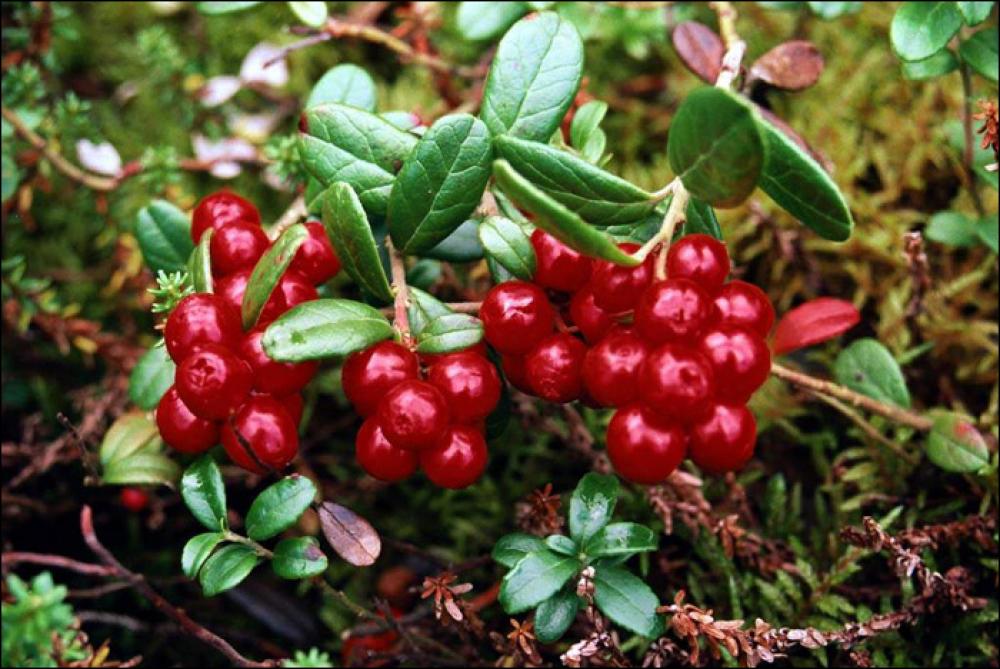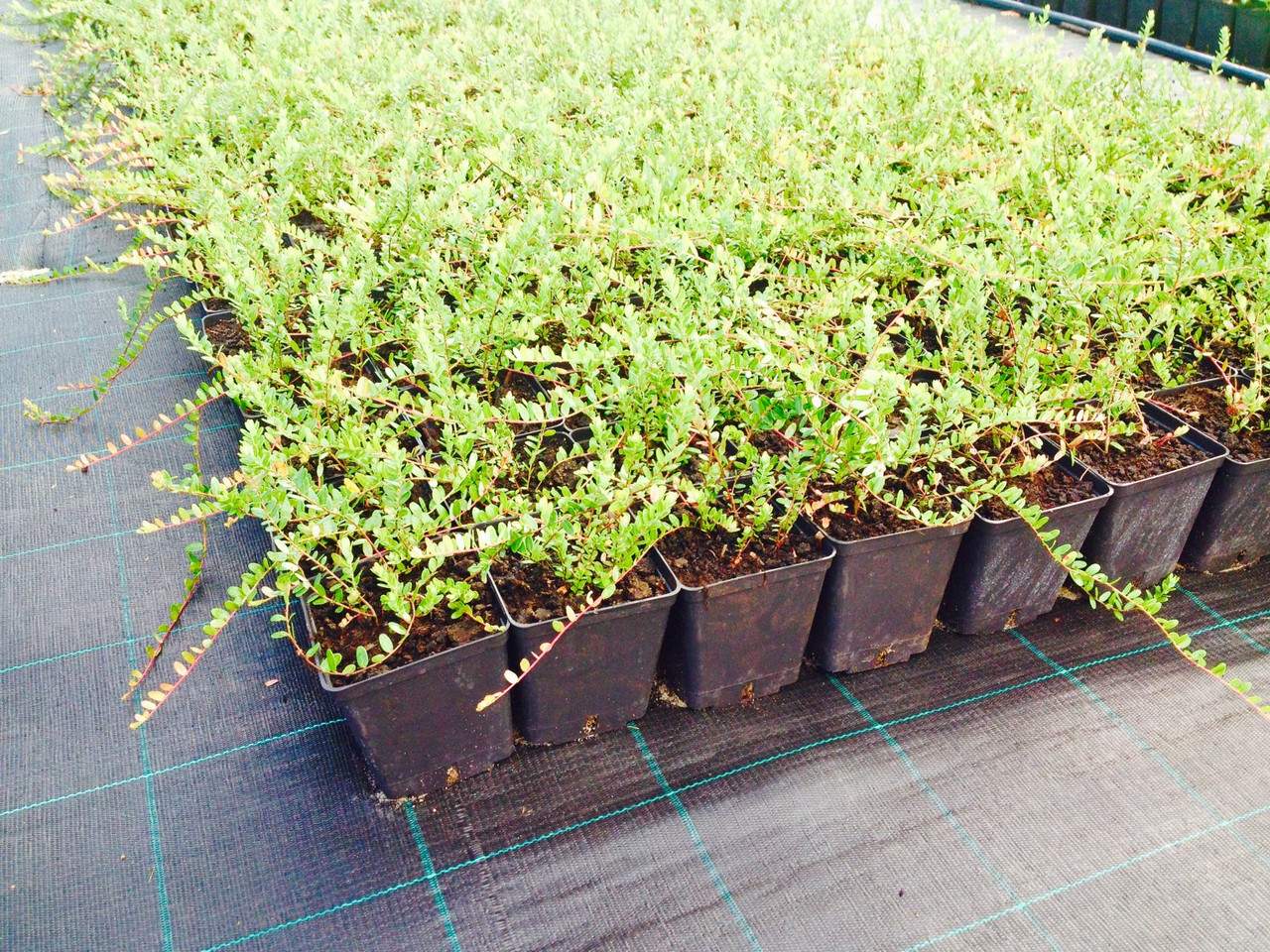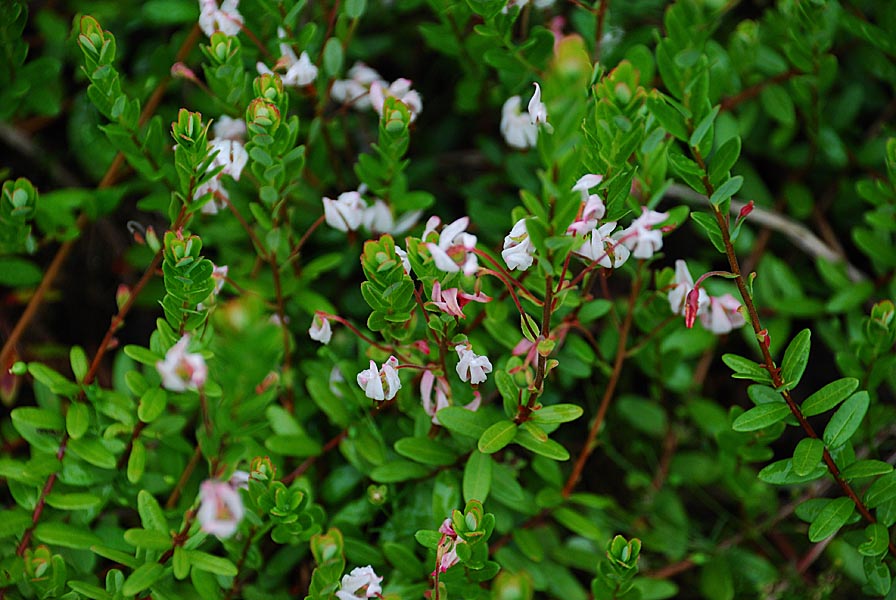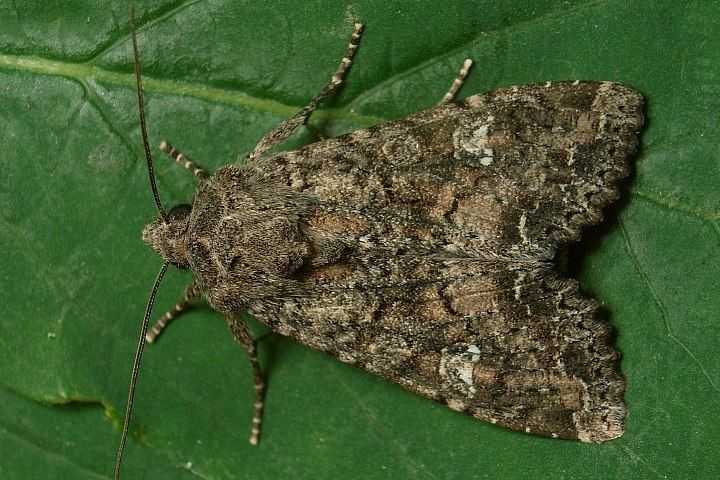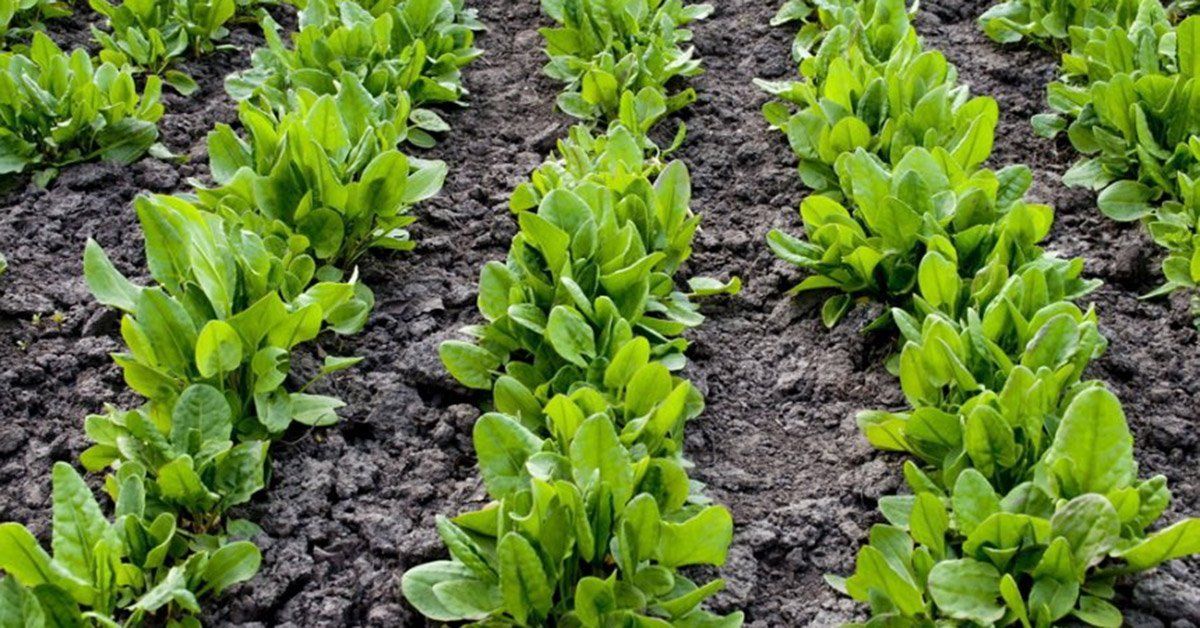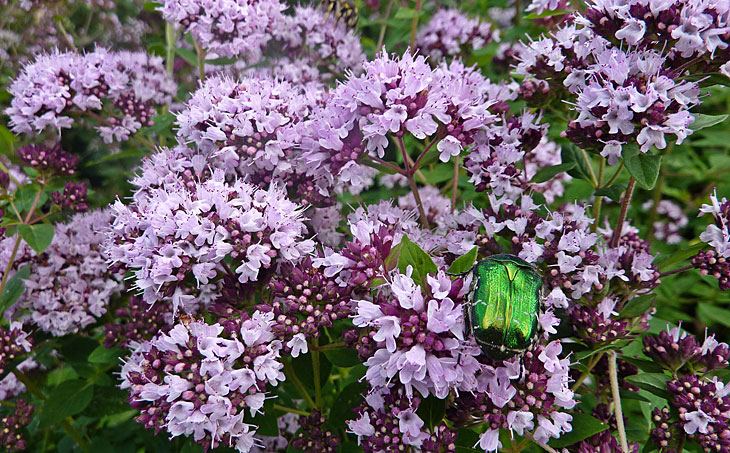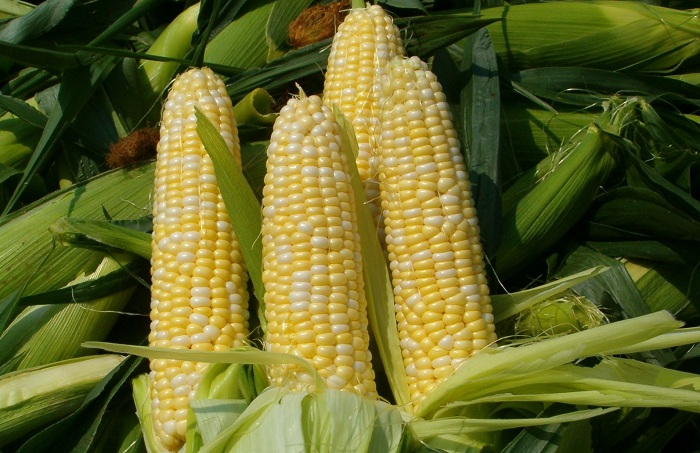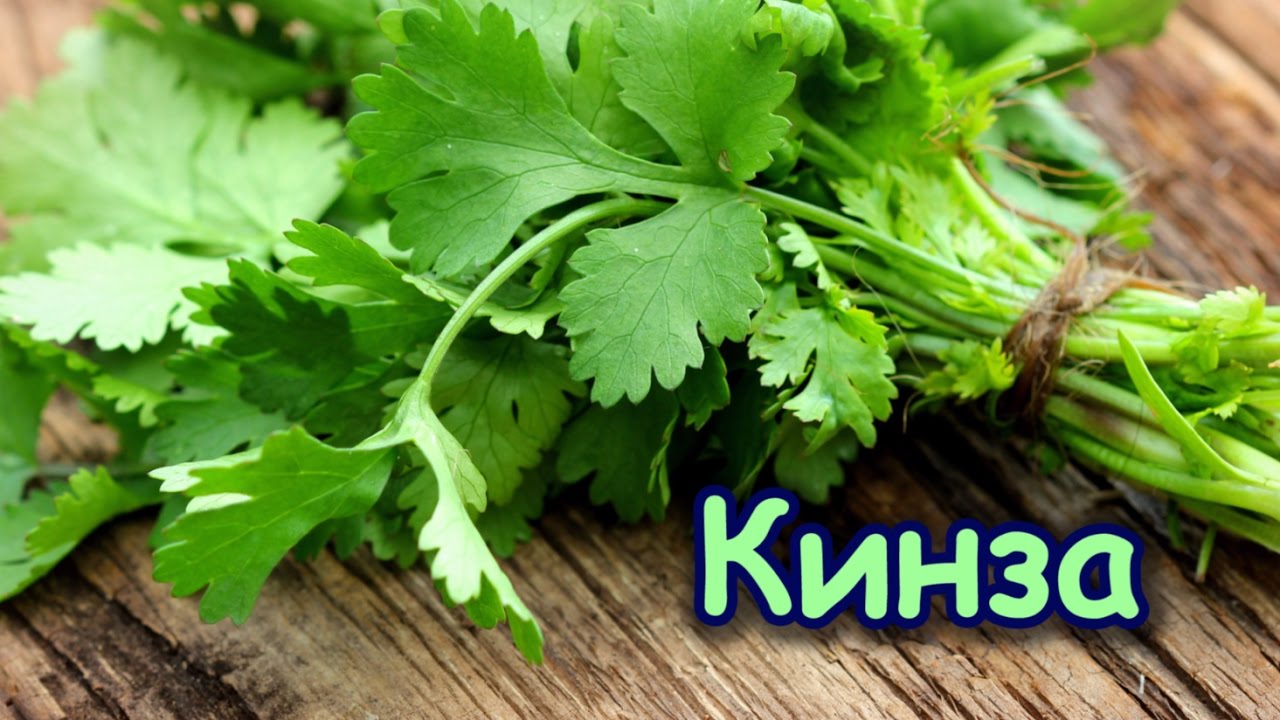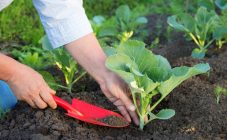Content:
Cranberry is a plant that contains a large amount of vitamins and minerals that are essential for the human body. The name cranberry translates as "sour berry" because it actually has a lot of acid. In nature, this plant prefers to grow in places where there is always a lot of moisture. A coniferous forest or swamp is perfect for this. In addition, garden cranberries can also be grown at home. How to plant and care for cranberries, you will learn in this article.
Soil for cranberries
Cranberries are a shrub that stays green at all times. It grows half a meter in height. The root system of this plant looks like a rod. The leaves are distinguished by their oblong shape and are located on petioles. The fruits are red berries that grow no more than one and a half centimeters. They taste sour.
Cranberries are very popular in the markets and are naturally expensive because they have many health and medicinal properties. They are used for vitamin deficiency, vascular diseases and problems with the gastrointestinal tract. At the same time, it slows down the aging process in the body.
Since in the wild, cranberries like to grow in swampy areas and coniferous forests, before planting cranberries in the country, they need to create similar conditions. So that cranberries grow in the garden, planting and care in the open field begins with preparing the soil.
The area should be completely open and well lit. In this case, groundwater should be close to the surface. It is best if a river flows nearby, or there is a bet. It is also best to create shade from the trees for the cranberries.
Before planting cranberries, you need to know that this shrub prefers acidity in the soil. Therefore, it is better to plant it in a peat bog or land brought from the forest. You can take it directly with moss. If the land on the site is not suitable for growing cranberries, then it must be replaced. For this, a layer of at least 25 centimeters is removed. The pit is covered with a mixture of peat, earth, humus and sand. The mixing ratio should be 2: 1: 1: 1.
Cranberries grow in Siberia, planting and leaving it is no different from other regions. But for this part of Russia, it is necessary to select varieties that can withstand lower temperatures. Therefore, in this case, planting large-fruited cranberries would be an excellent option. This variety is able to withstand frosts down to -25 degrees under snow cover.
Reproduction of cranberries
From seed
Seed propagation of cranberries is used exclusively for breeding purposes. In order to obtain material for sowing, you must use ripe berries. They are kneaded well and washed in water. Seeds must be filtered with a sieve or special paper. Then they are sown in the ground. Seedlings will appear in two to three weeks.
You need to sow seeds in summer or spring. To begin with, use pots or boxes, which must be filled with peat. The planting material is scattered over the surface and covered with sand or moss.Then they cover it with glass and put it in a warm and at the same time lighted place. From time to time it is necessary to open the box and do airing and watering. Then the seedlings are planted in a greenhouse for further development.
Cuttings
Before planting cranberries in the country, seedlings are prepared. For this method of propagation, it is necessary to prepare cuttings. To do this, cut off green shoots during the period of their intensive growth. The length must be at least 10 centimeters. They need to be planted in pots filled with a mixture of peat, sand, rotted needles. You can also plant them directly in the garden. After that, you need to monitor the young planting until the seedlings are completely rooted. Watering must be done at least twice a day.
Saplings
Propagation by seedlings is possible only when these seedlings are grown either from seeds or by cuttings. After the seedlings of any cranberry variety reach a certain age, they are planted in the ground in a known manner.
Watering cranberries
For the first fourteen days, planted cranberries need to be watered every day. After that, you must constantly monitor the soil. It should always be wet, but never wet. With the onset of May, watering is rarely done, it is the moisture of the soil that affects the quality of the fruits of the bush. If the heat comes, then it is necessary to water the plant every day. In the period from August to October, the soil is regularly watered. Moistening should be carried out to the entire depth of the layer where the plant root is located.
Cranberry transplant
Planting cranberries in open ground is possible in the spring, immediately after the soil has thawed to a depth of at least 10 centimeters. But it is necessary to prepare the site before the first frost even in the fall. In addition, the area where the plant will grow must be protected with slate or plastic. Moreover, it is best to dig it to a depth of 20 centimeters. It should also protrude above the ground.
Before planting seedlings, you need to dig ten-centimeter holes, which will be located at a distance of 15 centimeters from each other. The bottom must be filled with water. After that, seedlings are laid out in the holes and covered with earth. But you need to remember that the surface should not be compacted. The shrub will give its first harvest only in the third year after planting, already in the fourth - a generous harvest can be expected.
Fertilizing cranberries
The care of the cranberry bush includes feeding. During the first year of crop development, fertilizers are applied every three weeks in the first months after planting. Complex fertilizers are used for this. Then you need to fertilize the cranberries every fourteen days. This must be done before August. From this month until October, the amount of fertilizer is reduced.
Over the next two years, top dressing is applied in the same way as in the first year. And only in the fourth year of plant development, only six dressings are made for the whole year.
Cranberry blossom
Cranberries begin to bloom from the base and gradually bloom to the top. One flower blooms for two weeks. At the same time, there is a large amount of nectar on them, which attracts bees and bumblebees. Inflorescences open from eight o'clock in the morning and fragrant until nine o'clock in the evening. In most cases, cranberry buds bloom after lunch. Cranberry is a cross-pollinated plant. To do this, she needs insects with the help of which this process takes place. Self-pollination is characteristic only for the arctic varieties of this plant.
Cranberry pruning
Cranberry pruning is carried out exclusively in the month of May. During the first three years, the shrub is given a shape that will remain later. In order for the bush to be compact, it is necessary to remove all thin branches and shoots growing to the sides. The bush should grow upward.
If there is a desire to have a bush with a spreading crown on your site, then for this it is necessary to cut off vertical branches and shoots. But it should be remembered that it is easier to harvest from a tall bush than from a low one.
In the fall, cranberries are only pruned when absolutely necessary.
Cranberries in winter
Even in winter, cranberries remain green. But in order for her to overwinter, she needs shelter. In late autumn, the shrub is covered with a layer of loose peat. It will not only serve as a shelter, but next year it will become a fertilizer for cranberries.
There is another way to protect the root system of a shrub from freezing. For this, freezing is used. On a frosty day, when the air temperature drops to -5 degrees, the area where the cranberry grows is filled with water for at least two centimeters, which allows it to freeze. Then the procedure is repeated until the entire vegetative part of the plant is covered with ice. Thus, the plant overwinters safely.
Cranberries after winter
After winter, cranberries begin a new growing cycle. When covering it with peat for the winter, it is not necessary to remove the protection, since the plant will give new shoots that will germinate through the protective layer. Thus, peat will also become a fertilizer for the plant.
If stage freezing was used, then in this case it is necessary to ensure that the melt water is drained away from the plant. Thus, it will be protected from possible mold formation.
Diseases and pests
Before planting cranberries in the country, you need to know that it can be affected by the following diseases:
- Snow mold. This is the most dangerous disease, it can affect the plant from March to April. The disease is manifested by the appearance of brown buds and leaves. After which the leaves become ashy and fall off. To combat this disease, it is necessary to spray the plant with a Fundazol solution in the autumn;
- Red spot. It is a disease that is caused by fungi. First of all, the buds of the plant are affected, from which underdeveloped leaves appear in the form of small roses. To prevent the disease, it is used by spraying with Fundazol.
In addition, there are also diseases such as:
- Monilial burn;
- Phomopsis;
- Cytosporosis;
- Gibber spot;
- Pestalotia;
- Ascochitis;
- Botrytis;
- Terry cranberry.
All these diseases can be prevented if the plant is treated with fungicides in advance.
Beak pests are:
- black-headed lingonberry leaf roll;
- apple comma-shaped scale;
- unpaired silkworm;
- cabbage scoop;
- heather moth.
To protect the plant from them, you need to use insecticides. But they must be applied only after the harvest has been harvested.
Planting cranberries in a summer cottage is possible when all conditions for growth are created for it. In this case, it is necessary to follow all the planting rules, and most importantly, proper care of the plant.
